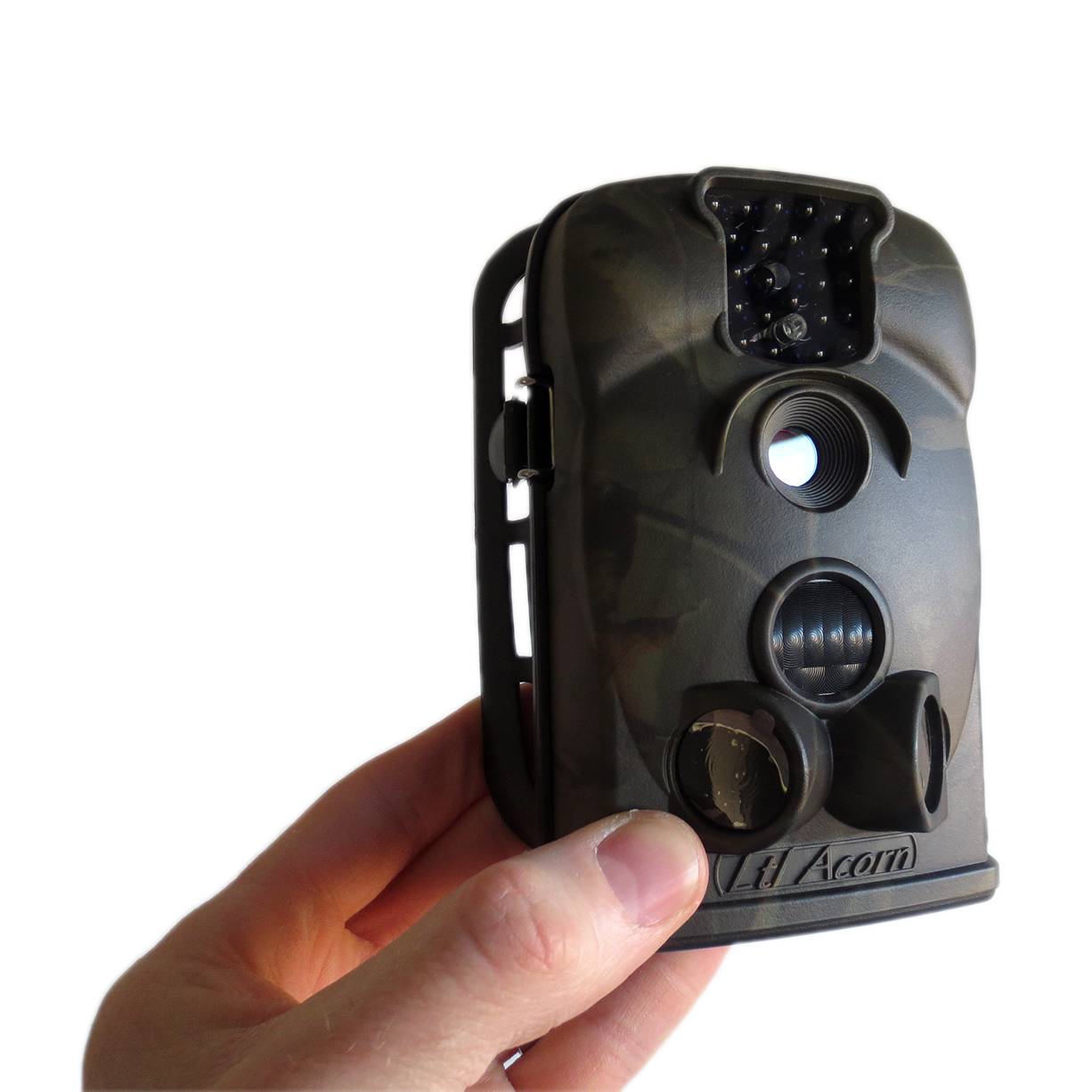Peregrine Took
Well-known member

Can anyone recommend a night vision wildlife camera, preferably with wifi? I know next to nothing about them and the choices seem endless, so I thought I'd start by asking here.
Budget is about £150.00 maximum. I'd need one with a wifi range of about 40 metres; if wifi isn't the best idea for these devices, please explain. We see evidence of deer, foxes and badgers, visiting the garden, so it would be nice to capture them, so to speak.
Thanks!
PS. I'm sorted now (see #9), but if you think the thread, and any further contributions, will be of interest to others please carry on.
.
Budget is about £150.00 maximum. I'd need one with a wifi range of about 40 metres; if wifi isn't the best idea for these devices, please explain. We see evidence of deer, foxes and badgers, visiting the garden, so it would be nice to capture them, so to speak.
Thanks!
PS. I'm sorted now (see #9), but if you think the thread, and any further contributions, will be of interest to others please carry on.
.
Last edited:






